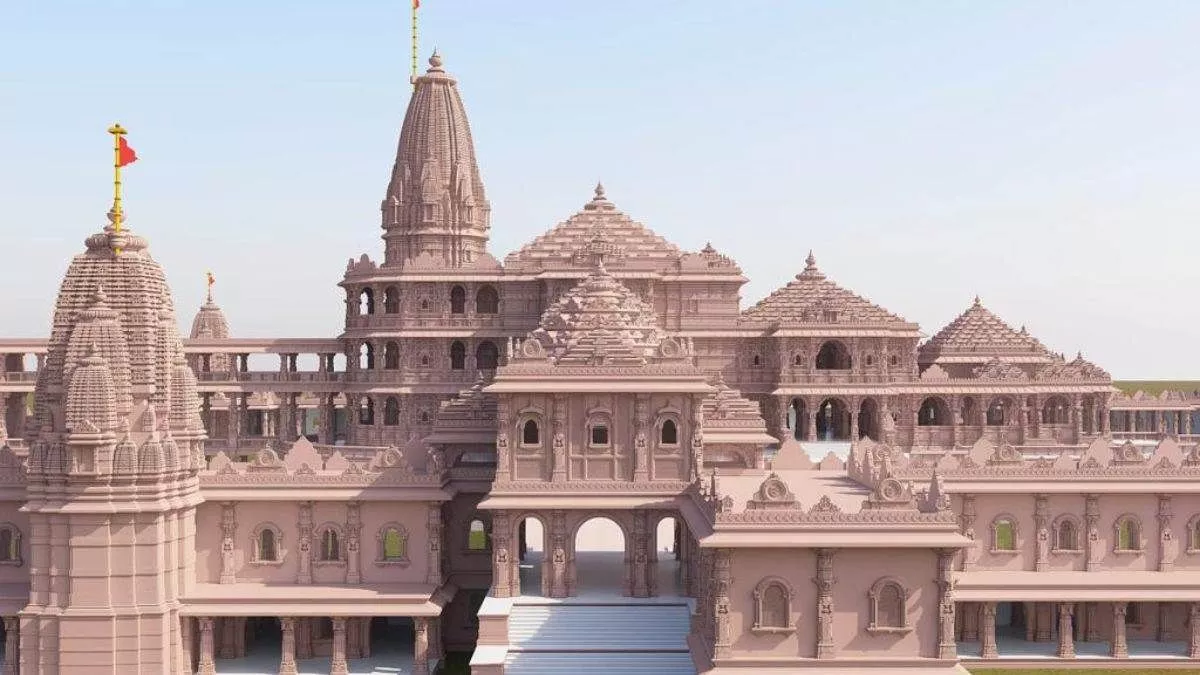Introduction:
The construction of the Ram Mandir in Ayodhya has been a long-standing saga deeply rooted in India’s history, culture, and religious fabric. This monumental project marks a significant milestone in the country’s journey towards unity, faith, and the restoration of a sacred space that holds immense cultural and spiritual importance.
1. Historical Significance of Ayodhya:
Ayodhya, believed to be the birthplace of Lord Rama, has been a revered pilgrimage site for millions of Hindus for centuries. The city’s rich historical and cultural legacy dates back to ancient times, and its association with the epic Ramayana has made it a focal point of devotion and reverence.
2. The Ram Janmabhoomi-Babri Masjid Dispute:
The journey towards the construction of the Ram Mandir faced its share of challenges, notably the Ram Janmabhoomi-Babri Masjid dispute. The dispute revolved around the claim that the Babri Masjid was constructed on the site believed to be the birthplace of Lord Rama. After years of legal battles and negotiations, the Supreme Court of India finally settled the matter in 2019, paving the way for the construction of the Ram Mandir.
3. Supreme Court Verdict: A Turning Point:
In a historic judgment, the Supreme Court of India ruled in favor of the construction of the Ram Mandir, acknowledging the historical and religious significance of the site. The verdict emphasized the need for communal harmony and unity, urging citizens to move beyond the contentious dispute and focus on building a structure that symbolizes peace and coexistence.
4. Architectural Marvel of the Ram Mandir:
The design of the Ram Mandir is a harmonious blend of traditional and modern architectural elements. Crafted with intricacy and precision, the temple is envisioned to be a grand structure that not only serves as a place of worship but also as a cultural landmark reflecting the glory of India’s ancient heritage.
5. Symbol of Unity and Faith:
The construction of the Ram Mandir is viewed as a unifying force, bringing together people from diverse backgrounds under the umbrella of a shared cultural and religious heritage. It stands as a symbol of unity, emphasizing the importance of tolerance, understanding, and respect for different beliefs in the diverse tapestry of India.
6. Cultural Impact and Global Recognition:
The Ram Mandir project has garnered attention not only within the country but also on the global stage. Its significance resonates with people worldwide as an emblem of cultural resilience, religious freedom, and the ability of a nation to overcome challenges through dialogue and legal processes.
7. Future Prospects and Cultural Legacy:
As the construction of the Ram Mandir progresses, it holds the promise of becoming a cultural and spiritual hub, attracting devotees and tourists alike. The legacy of this grand temple is expected to extend beyond religious boundaries, leaving an indelible mark on India’s cultural landscape.
Ayodhya Ram Mandir Inauguration: Date, time, and schedule of event
| Name of The event | Ram Mandir Inauguration |
| Location | Ayodhya, Uttar Pradesh |
| Organized by | Shri Ram Janmabhoomi Teerth Kshetra |
| Date of The Event | 22 January, 2024 |
| Chief Guest | PM MODI |
| Registration | Registration and tickets are open for the Ram Mandir Inauguration. |
Conclusion:
The Ram Mandir in Ayodhya stands as a testament to the resilience, faith, and unity of the Indian people. Its construction marks the end of a prolonged chapter of dispute and the beginning of a new era focused on shared cultural heritage and mutual respect. As this sacred structure takes shape, it serves as a beacon of hope and a reminder of the rich tapestry of beliefs that contribute to the cultural mosaic of India.











